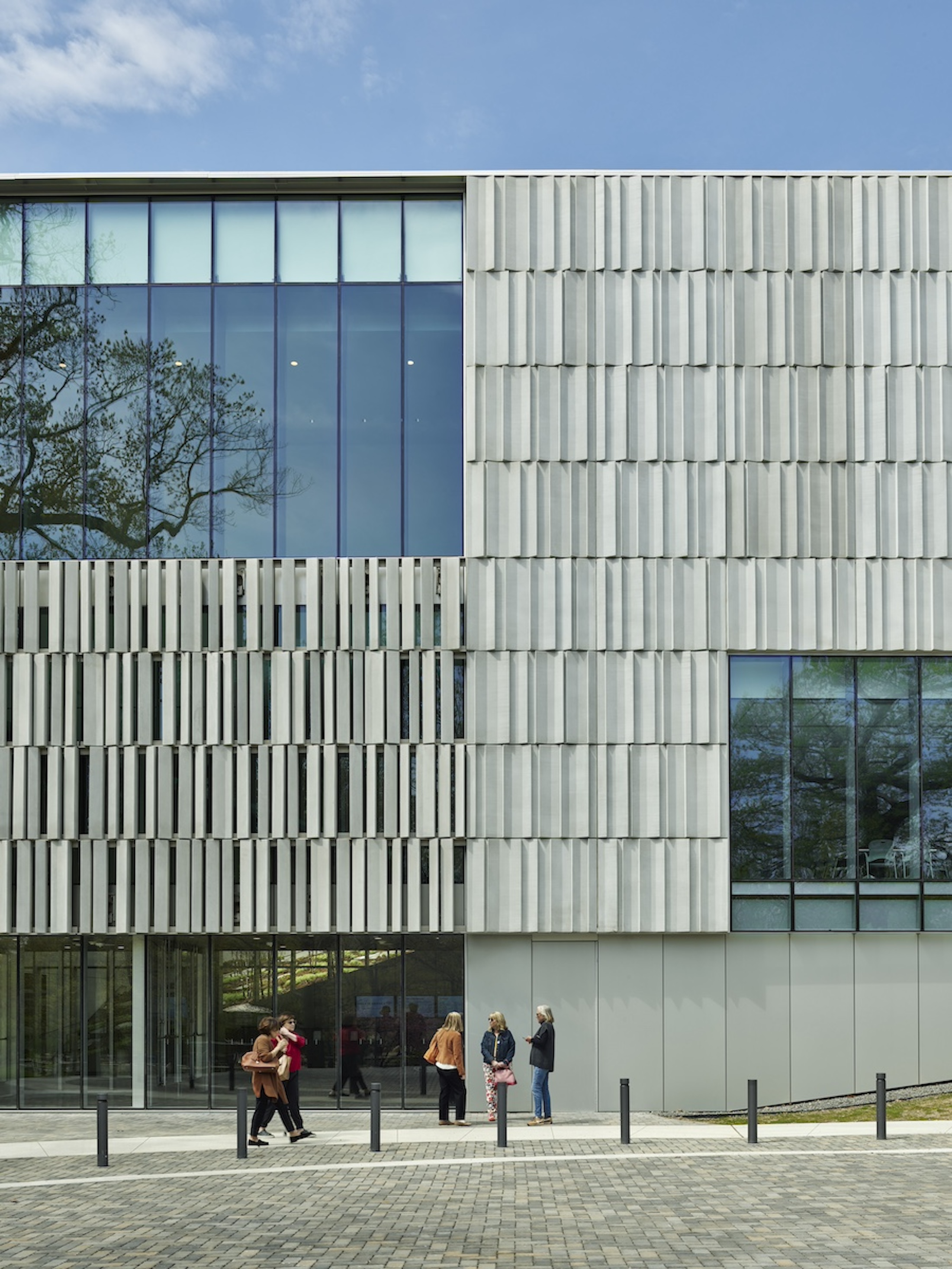In Greenwich, Conn., the Bruce Museum, a multidisciplinary institution highlighting art, science, and history, has undergone a campus revitalization and expansion that more than doubles the museum’s size.
Designed by EskewDumezRipple and built by Turner Construction, the project includes a 42,000-sf, three-floor addition as well as a comprehensive renovation of the 32,500-sf museum, which was originally built as a private home in the mid-19th century and expanded in the early 1990s.
The project provides permanent and changing galleries, expanded collection storage, education spaces, public gathering places, and a public entrance lobby. A new lecture hall serves as a hub for community programming, public lectures, and receptions.
“We can host the community in a way we’ve never been able to before,” Robert Wolterstorff, executive director, Bruce Museum, said in a statement. “In the past, we had no permanent collections galleries.”
The project reorients the museum’s entrance so that, instead of facing a highway, it now faces the free and public Bruce Park. The double-height lobby, café, and gift shop form an open, free-flowing public area, and a new courtyard joins the existing museum to the addition.
EskewDumezRipple’s design draws inspiration from both the historic stone house and the surrounding region’s geology. The striated façade of cast stone and glass evokes the Connecticut coast’s rock quarries, and the façade changes appearance as the sun changes position depending on the time of day and year. The design emphasizes natural daylighting, with openings in the façade providing light to the interior that gradually recedes deeper in the galleries.
The energy-efficient design includes an airtight façade, highly efficient air-handling units, a dehumidification system, and a stormwater management system that collects 100% of rainwater onsite. The museum has a predicted Energy Use Intensity (EUI), or the amount of energy used per square foot annually, of 63, in contrast to an EUI of 186 for similar museums in the northeast US, according to the statement.
On the Building Team:
Owner: Bruce Museum
Owner’s representative: Stone Harbor Land Company
Architecture and interiors: EskewDumezRipple
Contractor: Turner Construction
Landscape architect: Reed Hilderbrand
Structural engineering: Guy Nordenson and Associates
MEP engineering: Altieri
Civil engineering: Redniss & Mead
Geotechnical: Melick-Tully and Associates
Lighting: Fisher Marantz Stone
Acoustics and A/V: Jaffe Holden
Envelope: Simpson Gumpertz & Heger
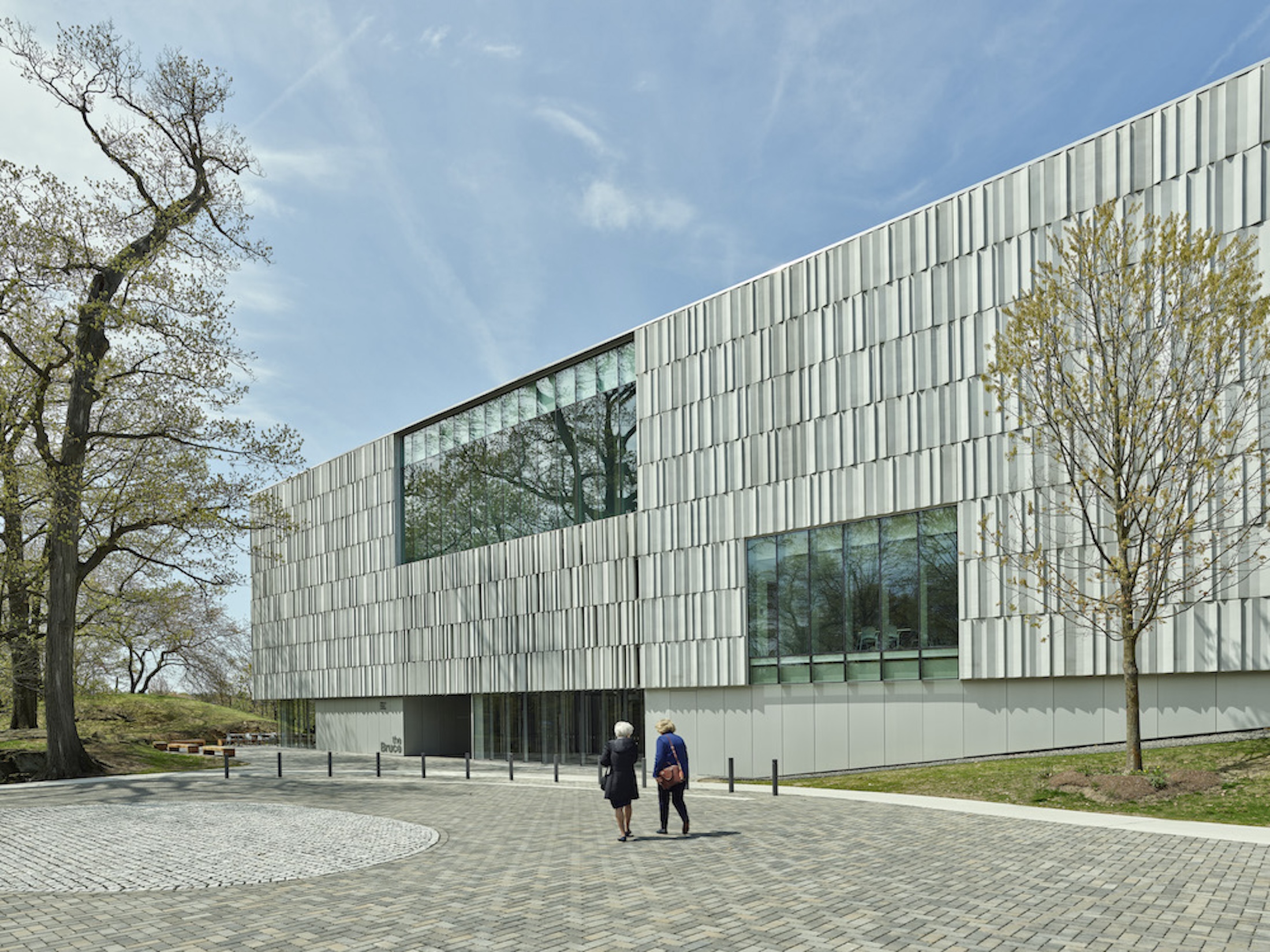
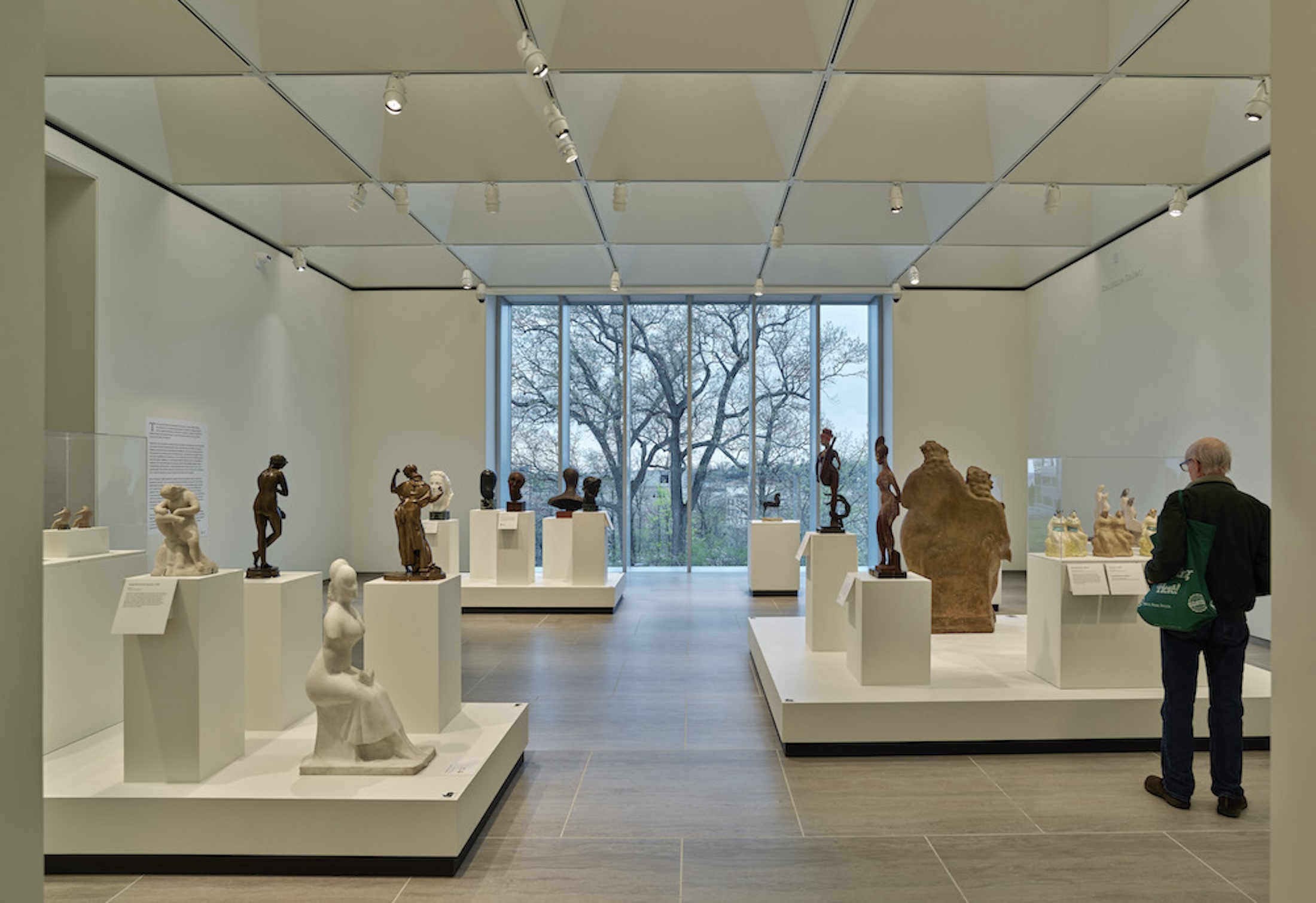
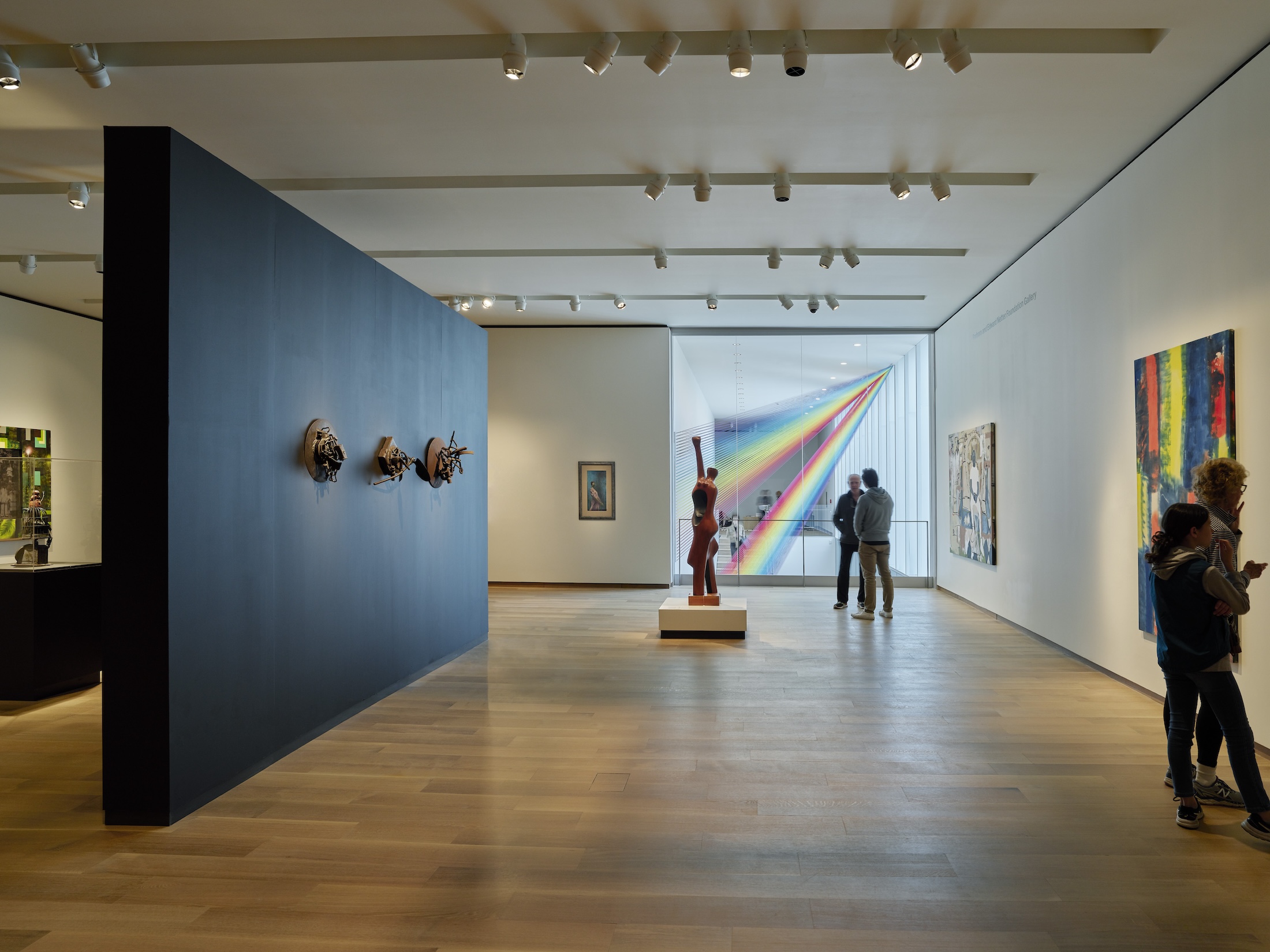
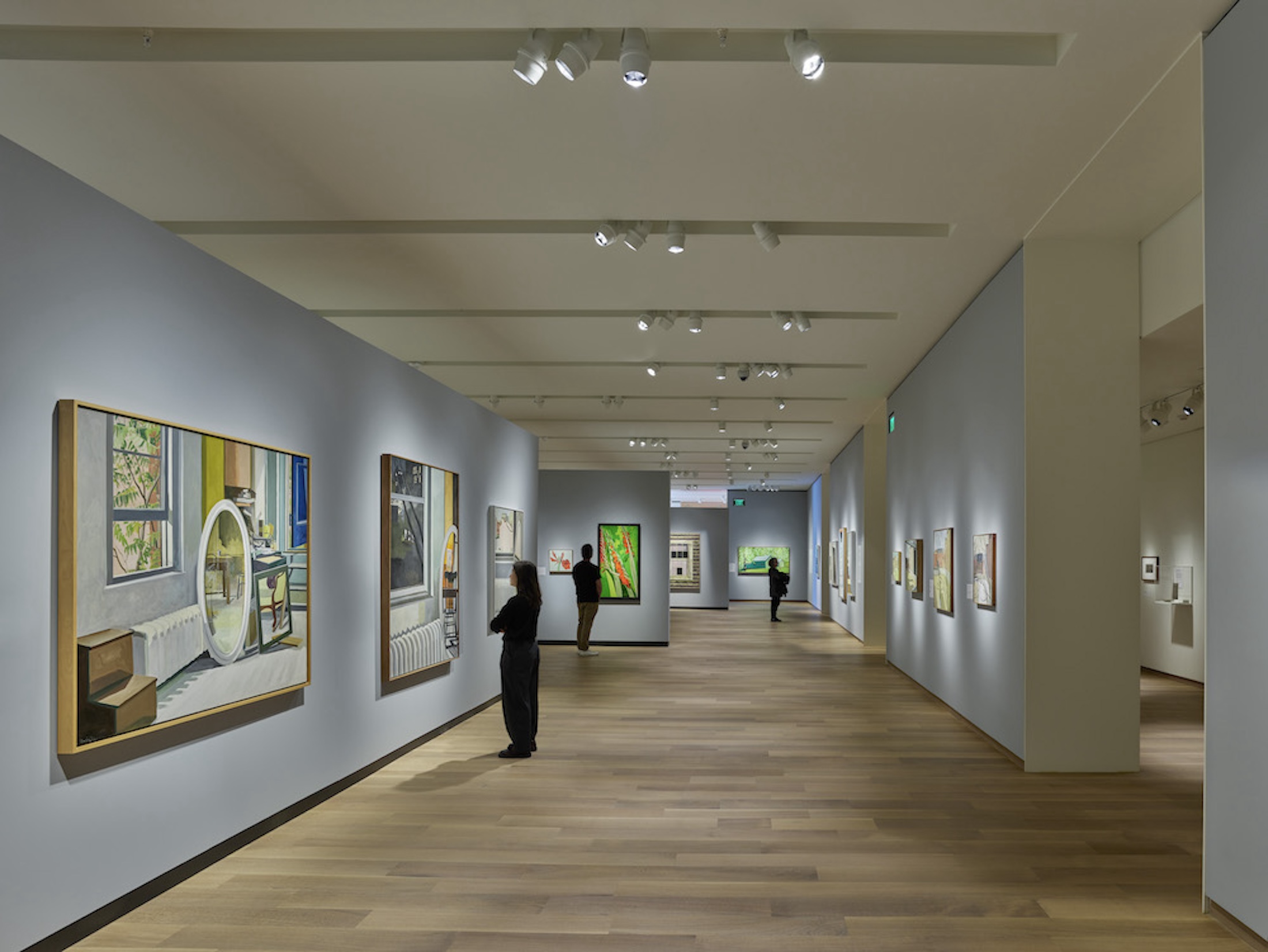
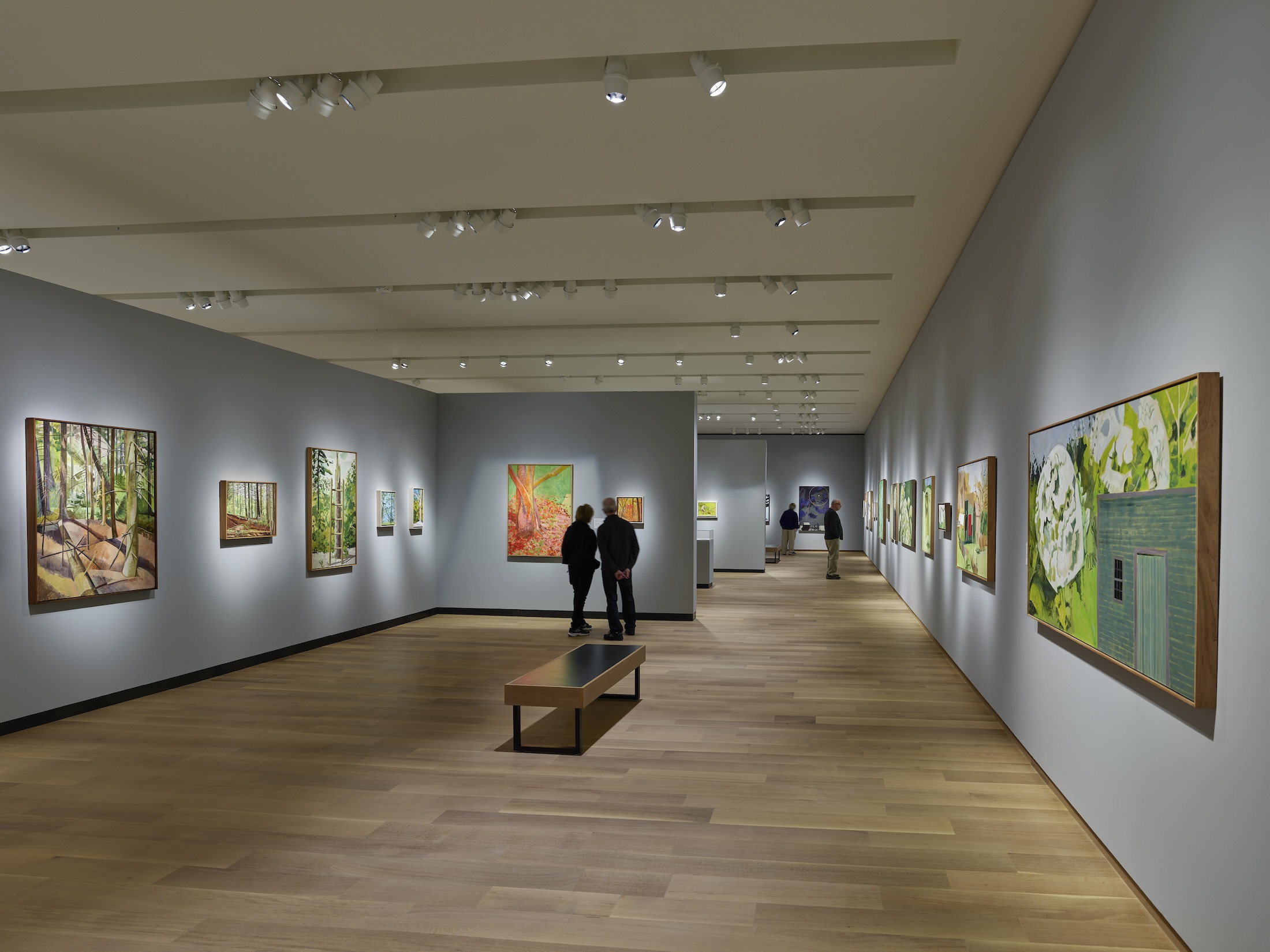
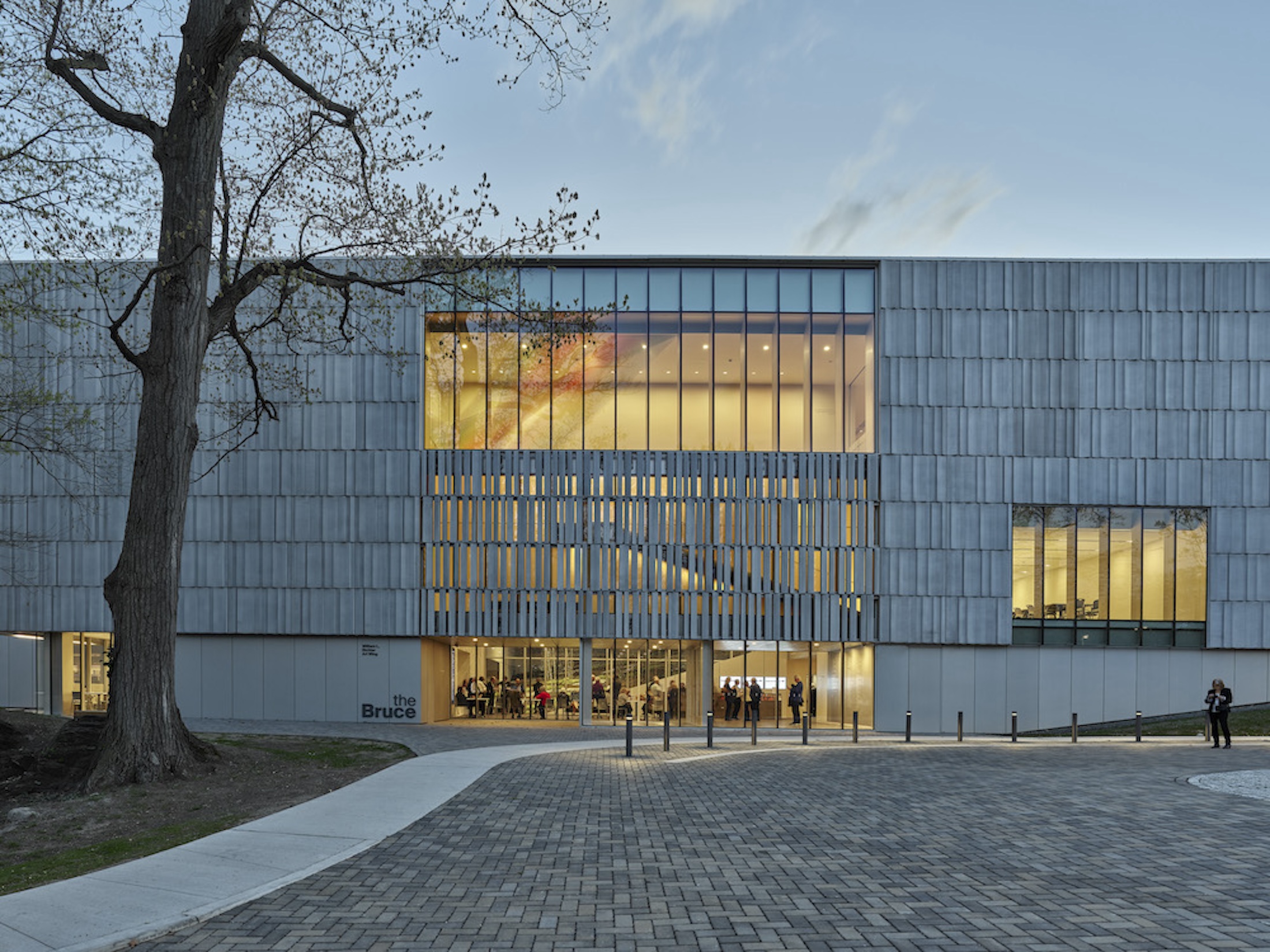
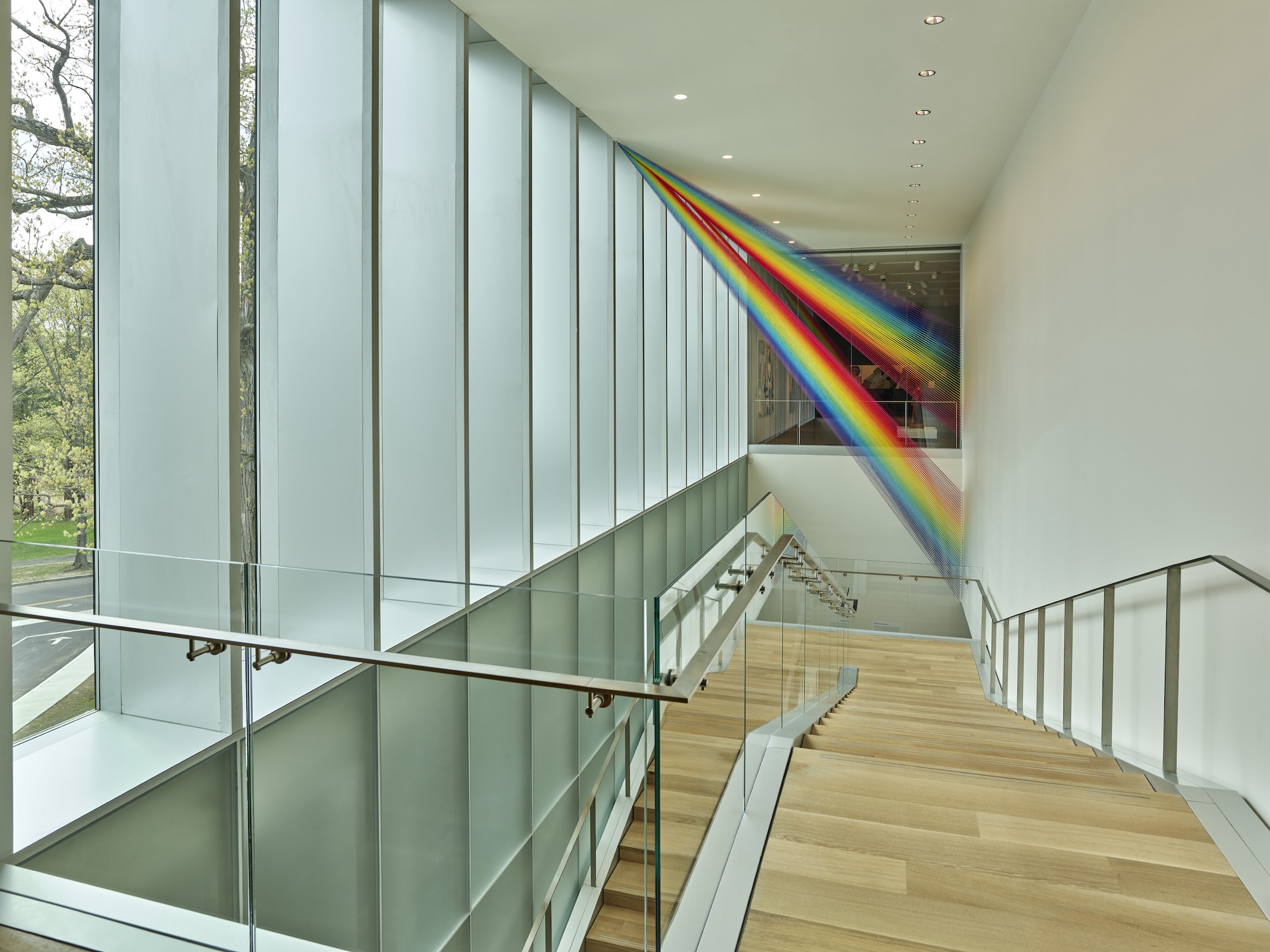
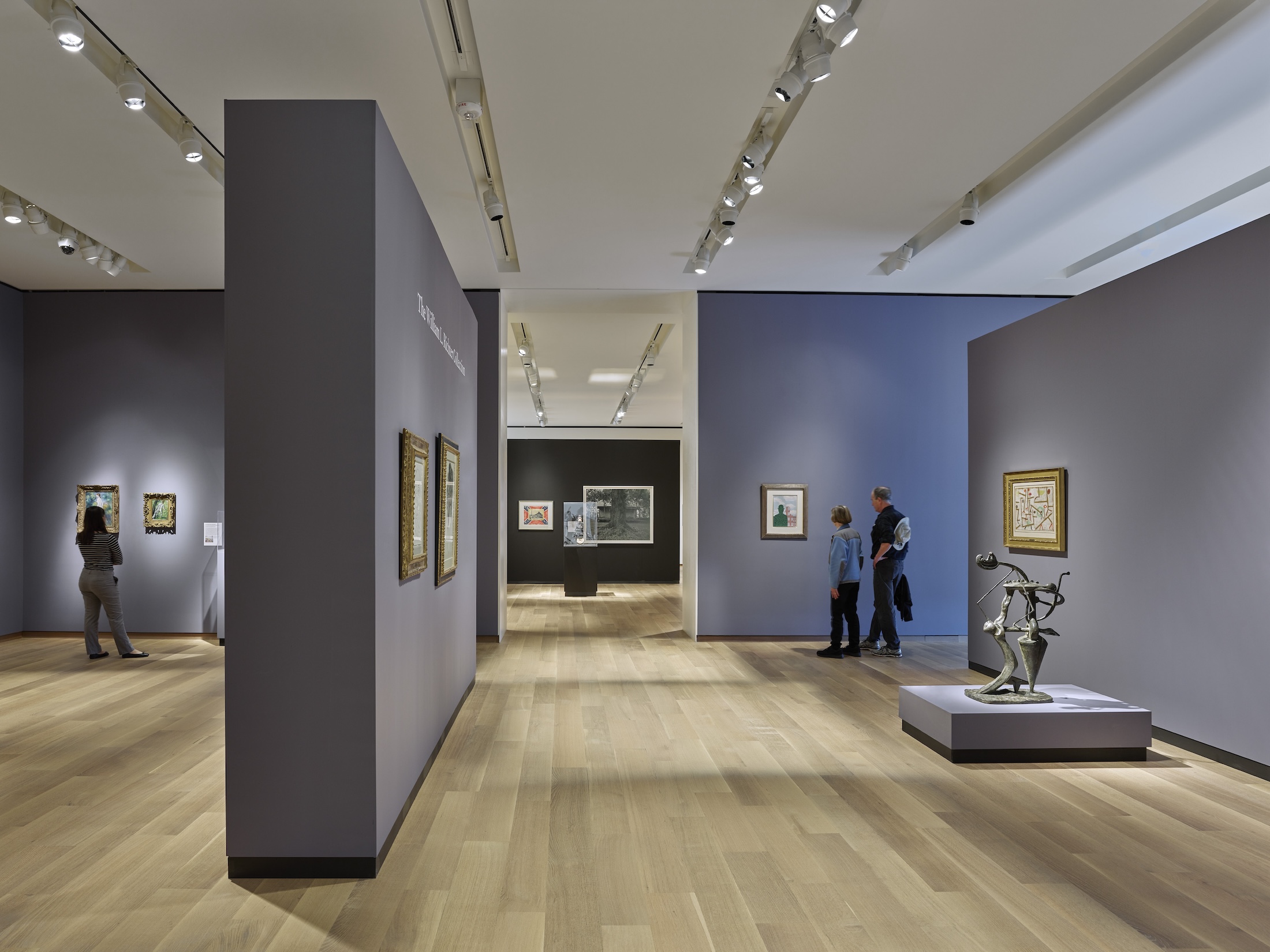
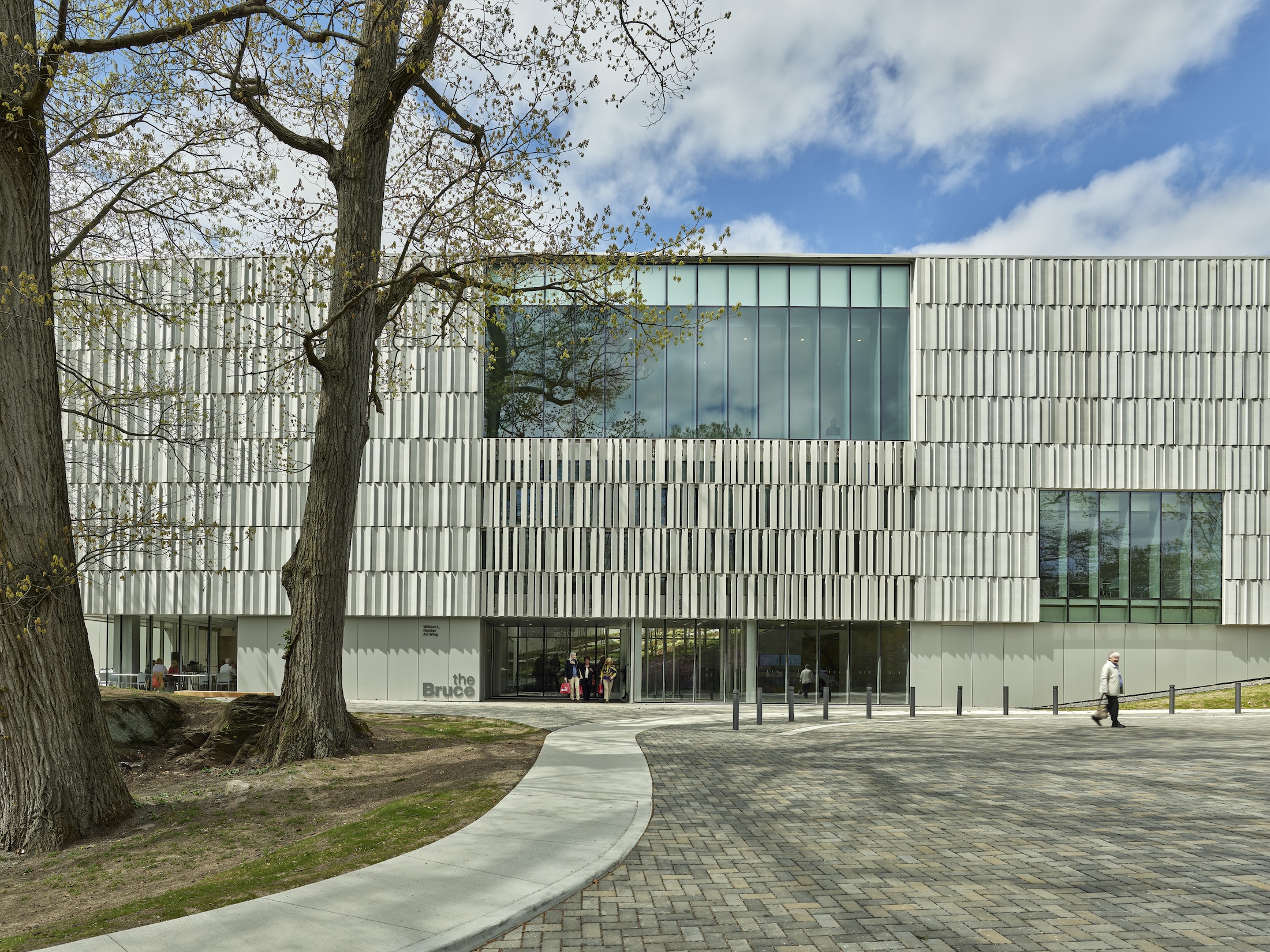
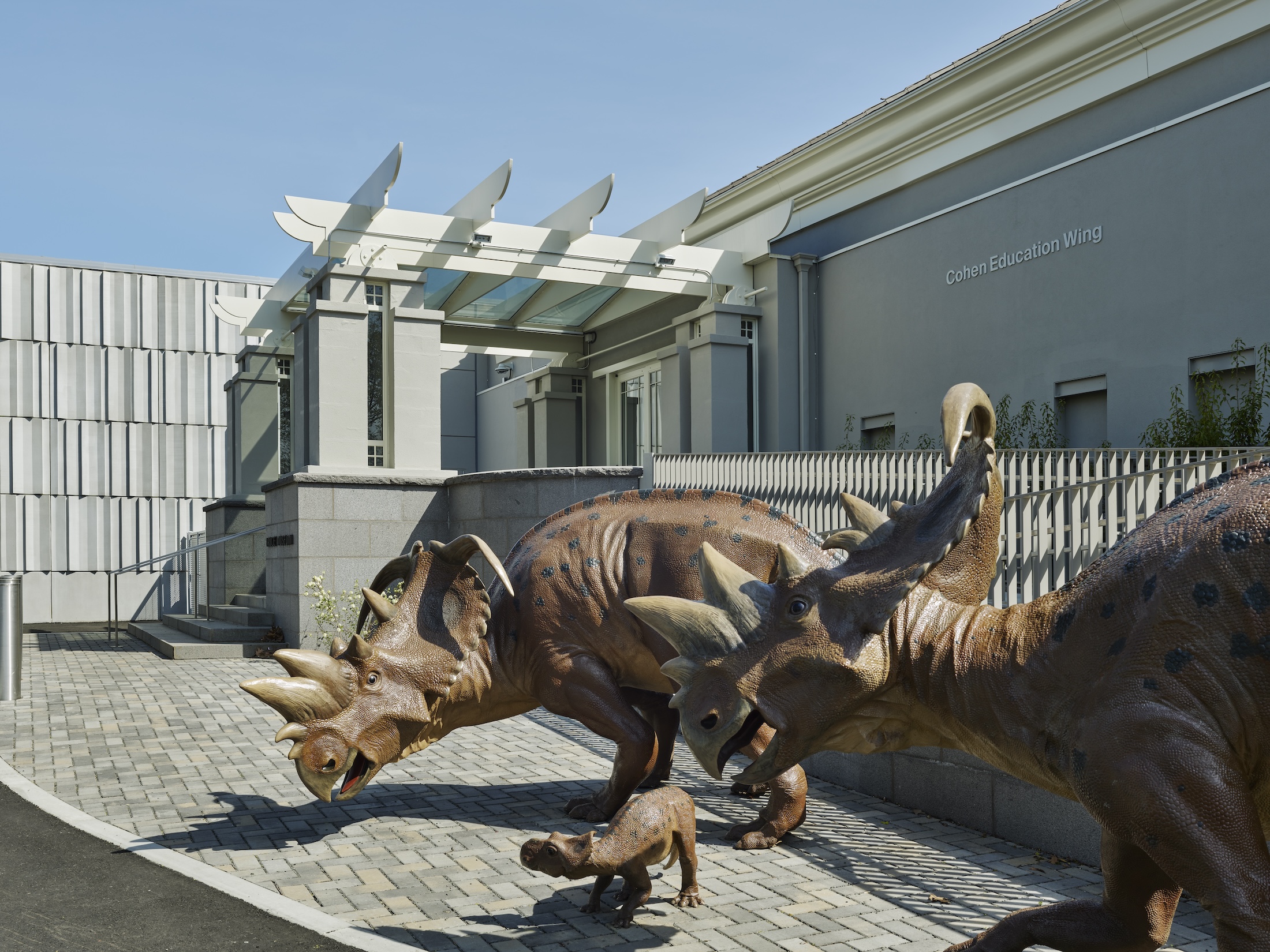
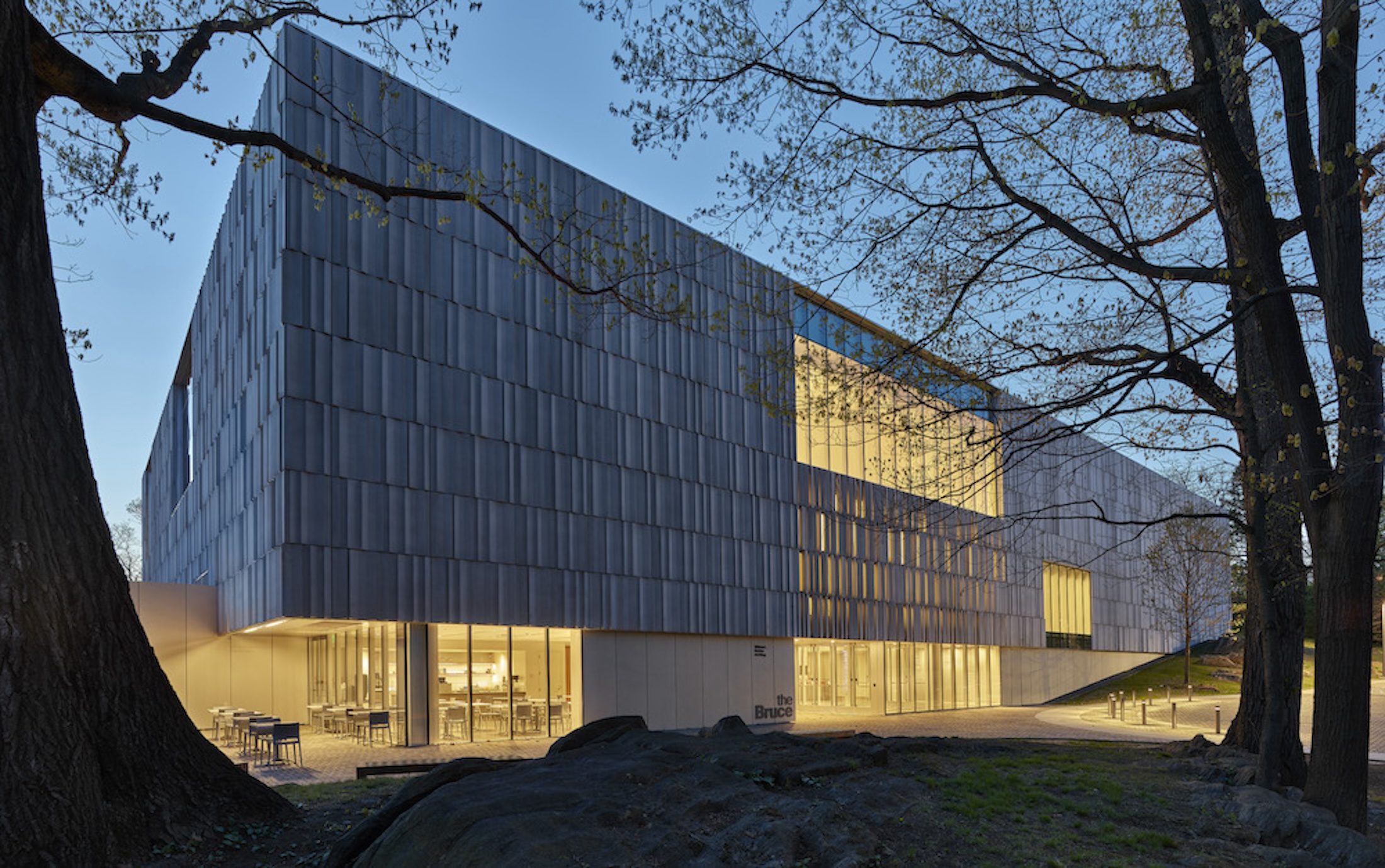
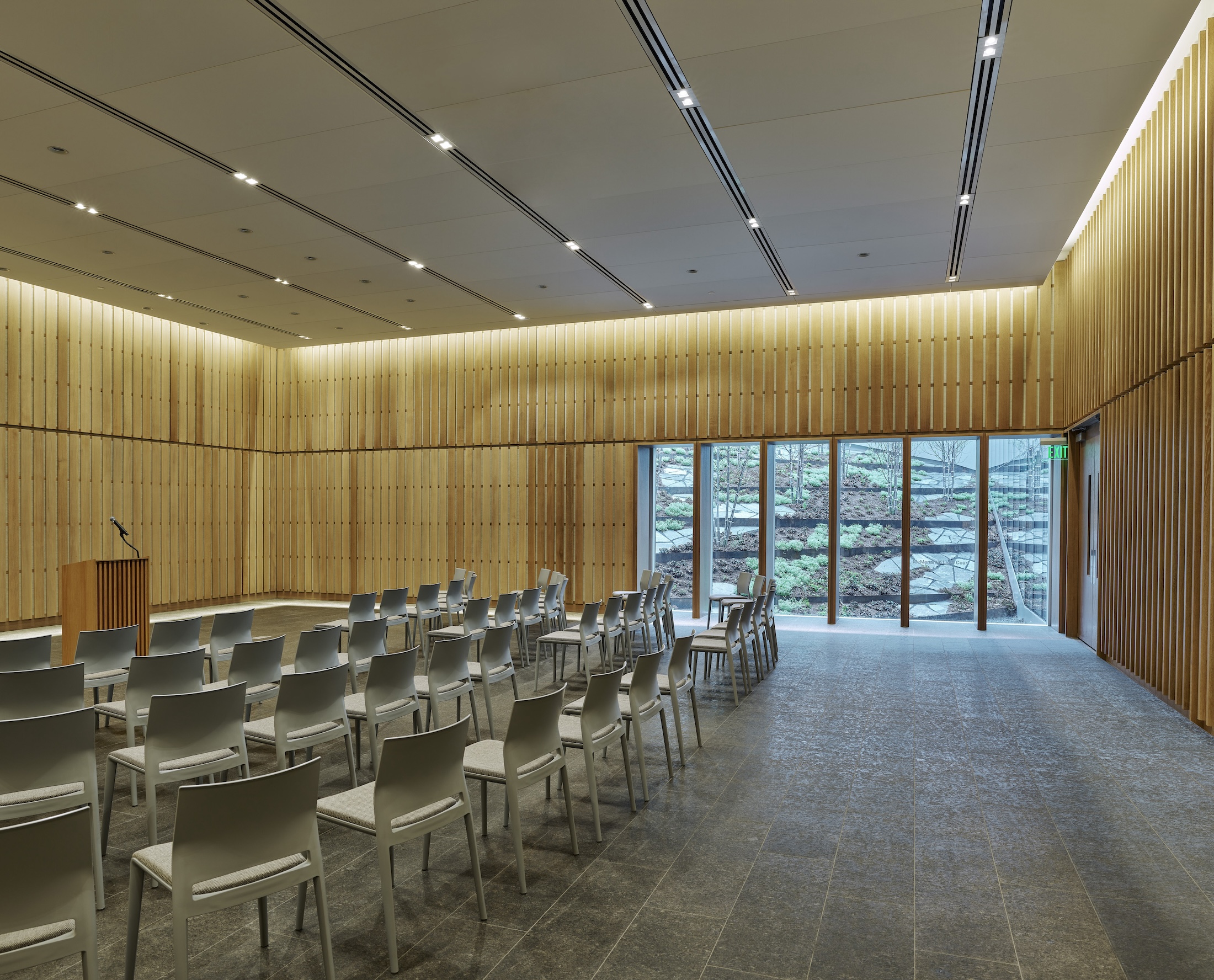
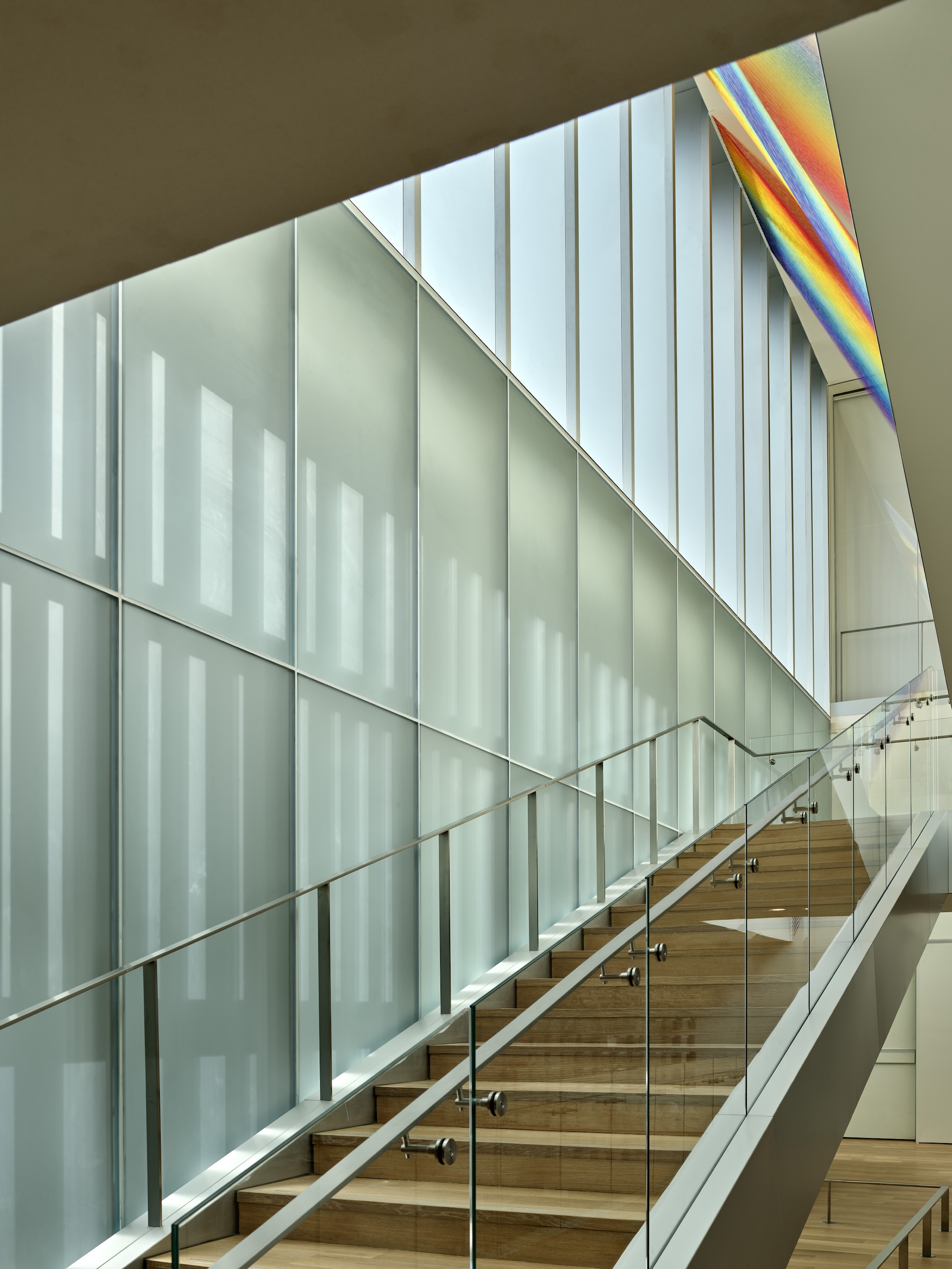
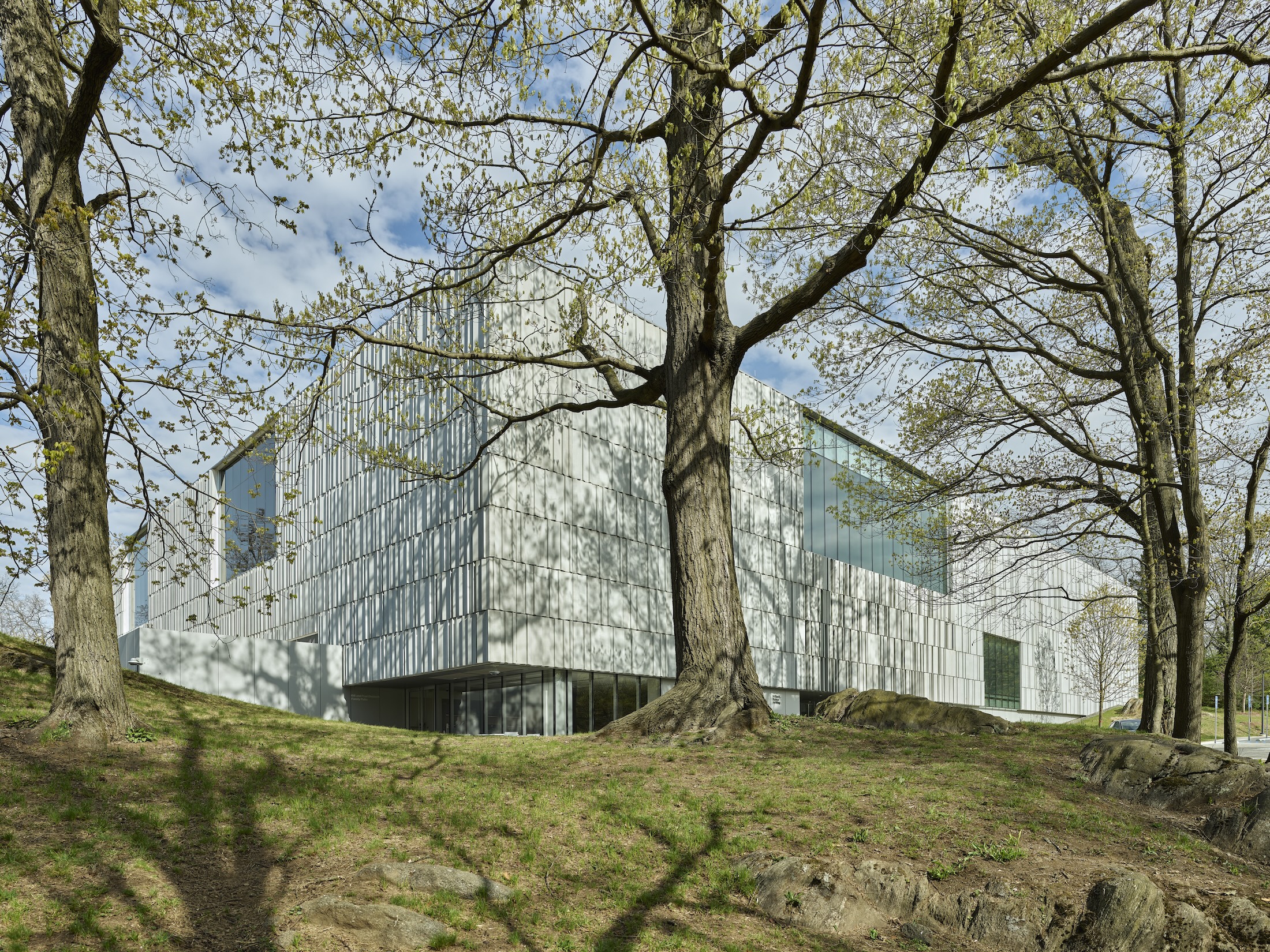
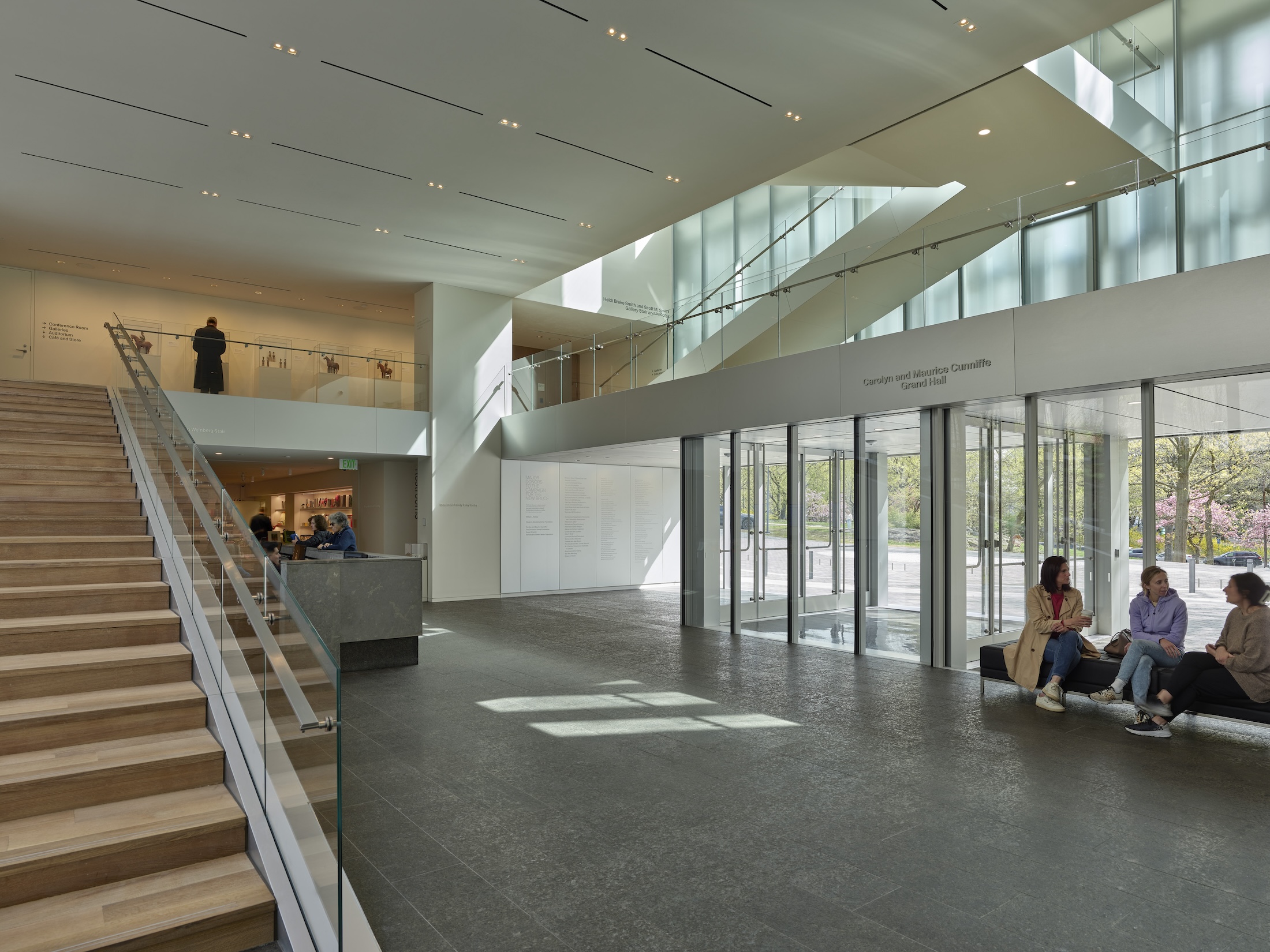

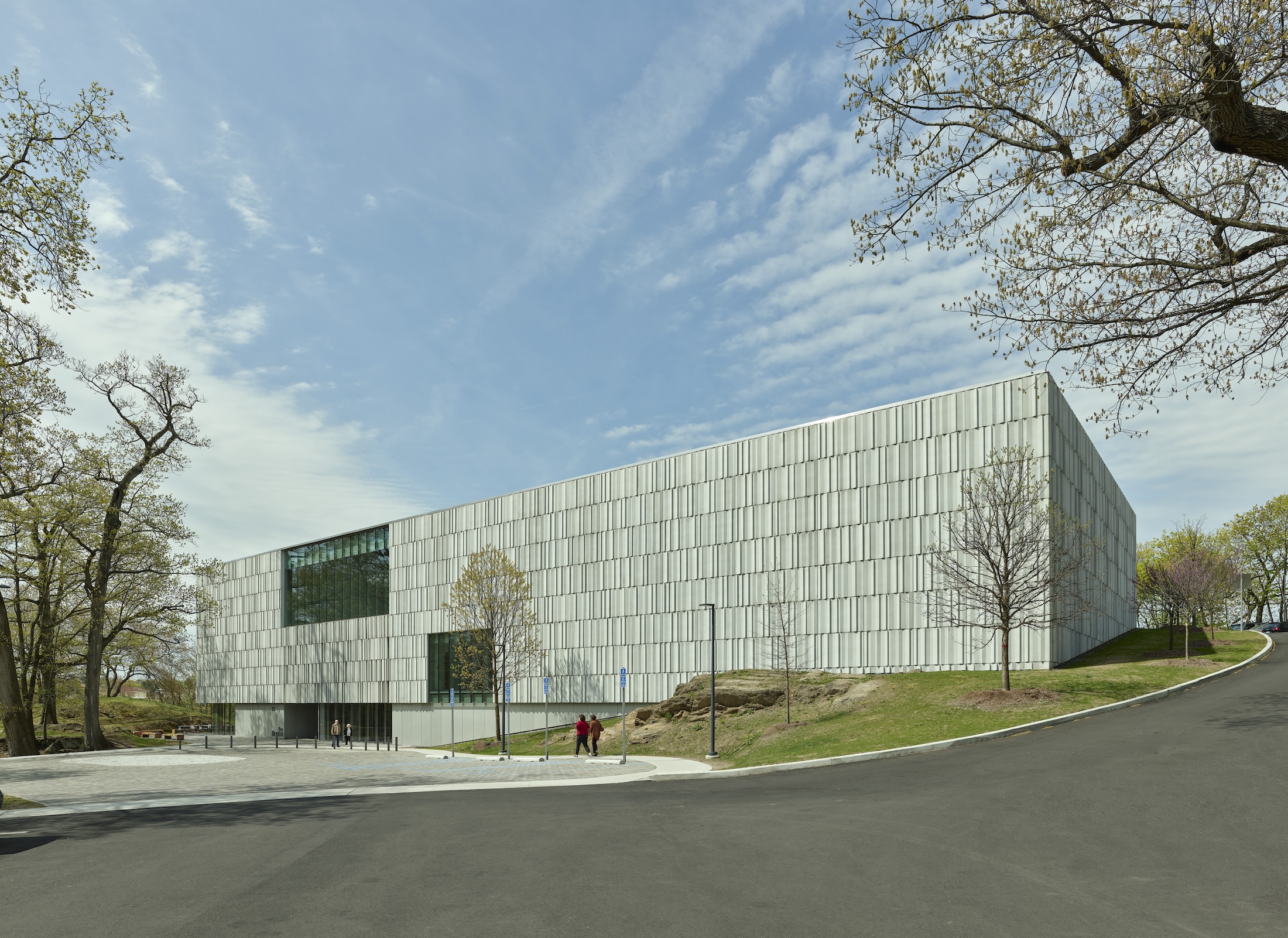
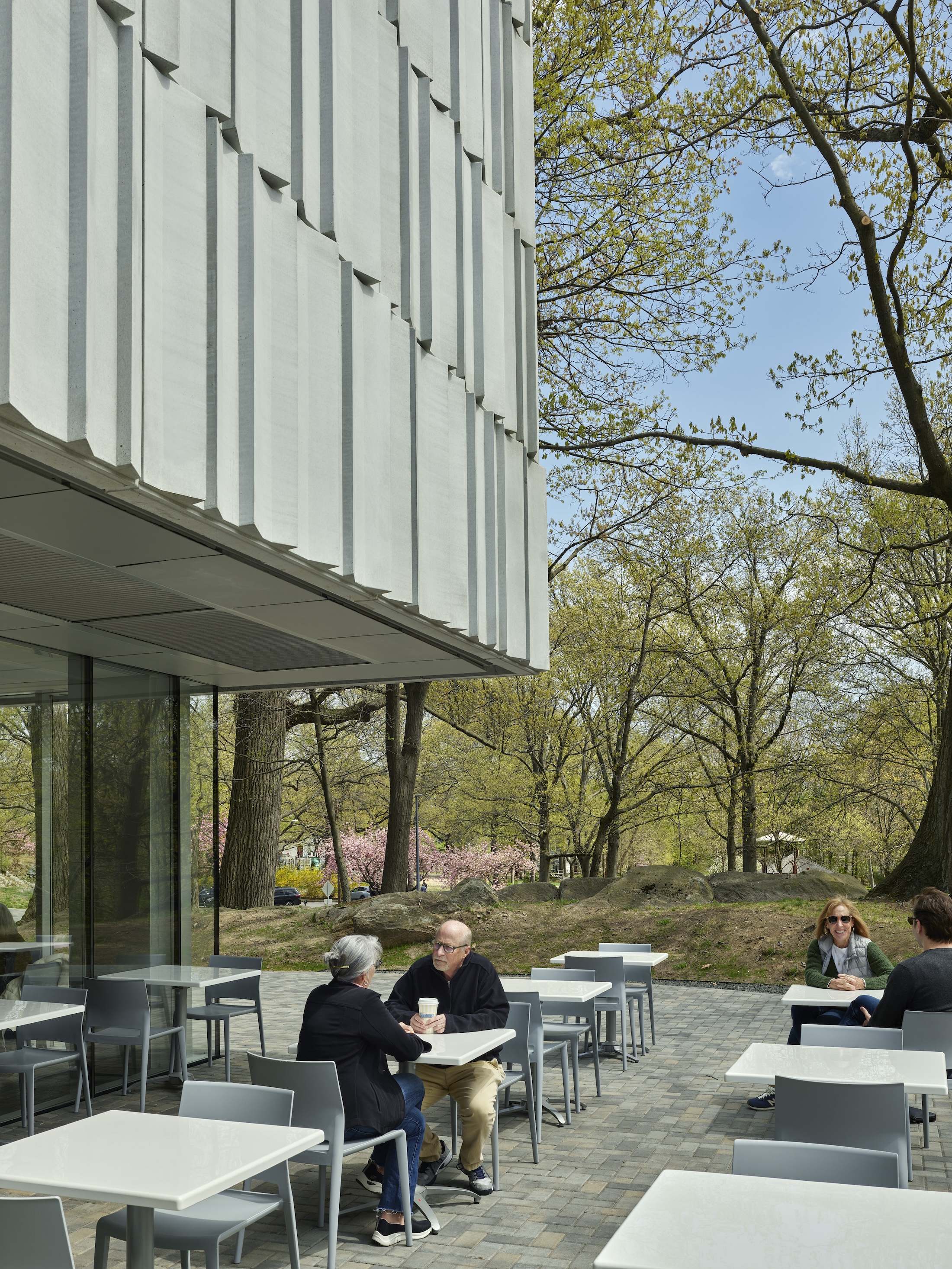
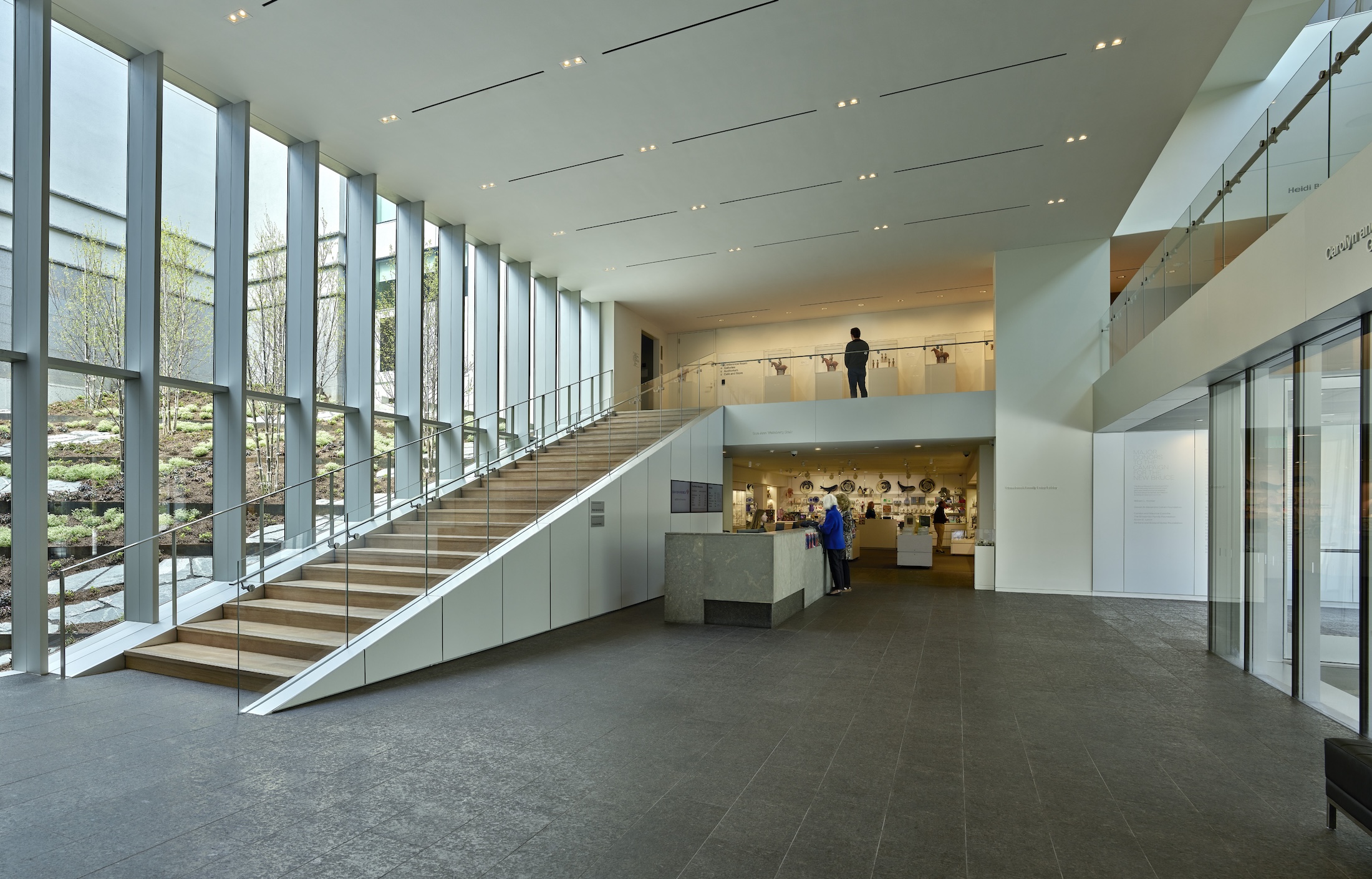
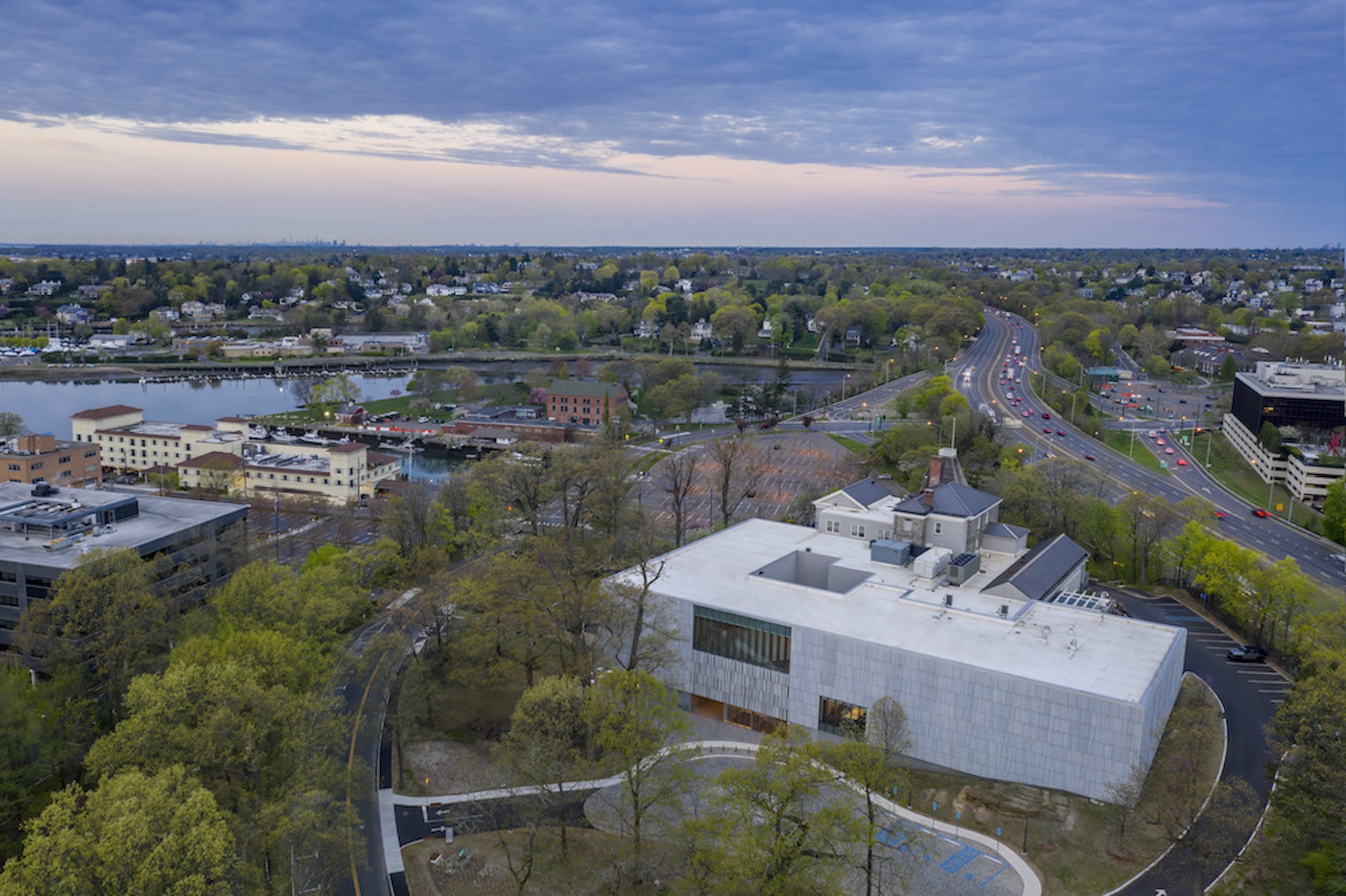
Related Stories
| Sep 12, 2011
Living Buildings: Are AEC Firms up to the Challenge?
Modular Architecture > You’ve done a LEED Gold or two, maybe even a LEED Platinum. But are you and your firm ready to take on the Living Building Challenge? Think twice before you say yes.
| Apr 13, 2011
Expanded Museum of the Moving Image provides a treat for the eyes
The expansion and renovation of the Museum of the Moving Image in the Astoria section of Queens, N.Y., involved a complete redesign of its first floor and the construction of a three-story 47,000-sf addition.
| Apr 12, 2011
Entrance pavilion adds subtle style to Natural History Museum of Los Angeles
A $13 million gift from the Otis Booth Foundation is funding a new entrance pavilion at the Natural History Museum of Los Angeles County. CO Architects, Los Angeles, is designing the frameless structure with an energy-efficient curtain wall, vertical suspension rods, and horizontal knife plates to make it as transparent as possible.
| Jan 21, 2011
Sustainable history center exhibits Fort Ticonderoga’s storied past
Fort Ticonderoga, in Ticonderoga, N.Y., along Lake Champlain, dates to 1755 and was the site of battles in the French and Indian War and the American Revolution. The new $20.8 million, 15,000-sf Deborah Clarke Mars Education Center pays homage to the French magasin du Roi (the King’s warehouse) at the fort.
| Jan 19, 2011
Industrial history museum gets new home in steel plant
The National Museum of Industrial History recently renovated the exterior of a 1913 steel plant in Bethlehem, Pa., to house its new 40,000-sf exhibition space. The museum chose VOA Associates, which is headquartered in Chicago, to complete the design for the exhibit’s interior. The exhibit, which has views of five historic blast furnaces, will feature artifacts from the Smithsonian Institution to illustrate early industrial America.
| Jan 19, 2011
Museum design integrates Greek history and architecture
Construction is under way in Chicago on the National Hellenic Museum, the nation’s first museum devoted to Greek history and culture. RTKL designed the 40,000-sf limestone and glass building to include such historic references as the covered walkway of classical architecture and the natural wood accents of Byzantine monasteries. The museum will include a research library and oral history center, plus a 3,600-sf rooftop terrace featuring three gardens. The project seeks LEED Silver.
| Nov 23, 2010
The George W. Bush Presidential Center, which will house the former president’s library
The George W. Bush Presidential Center, which will house the former president’s library and museum, plus the Bush Institute, is aiming for LEED Platinum. The 226,565-sf center, located at Southern Methodist University, in Dallas, was designed by architect Robert A.M. Stern and landscape architect Michael Van Valkenburgh.
| Nov 2, 2010
Cypress Siding Helps Nature Center Look its Part
The Trinity River Audubon Center, which sits within a 6,000-acre forest just outside Dallas, utilizes sustainable materials that help the $12.5 million nature center fit its wooded setting and put it on a path to earning LEED Gold.
| Oct 13, 2010
Tower commemorates Lewis & Clark’s historic expedition
The $4.8 million Lewis and Clark Confluence Tower in Hartford, Ill., commemorates explorers Meriwether Lewis and William Clark at the point where their trek to the Pacific Ocean began—the confluence of the Mississippi and Missouri Rivers.
| Oct 12, 2010
Gartner Auditorium, Cleveland Museum of Art
27th Annual Reconstruction Awards—Silver Award. Gartner Auditorium was originally designed by Marcel Breuer and completed, in 1971, as part of his Education Wing at the Cleveland Museum of Art. Despite that lofty provenance, the Gartner was never a perfect music venue.


